Viola striata
Stemmed white violet with two bearded side petals
Viola striata striped violet
The striped violet is a native stemmed white violet that emerges a bit later in the season than most other white violets. Depending on location and weather, it blooms from March to June.
Like all violets, the striped violet it has 5 petals, one of which is modified into a nectar spur in back of the flower. In this case the spur is relatively short. The petals are mostly white or cream in color, with a few purple striations on the three lower petals. The two side petals are “bearded”, meaning that they have clusters of white hairs at their base. There are also leaf-like, 1-inch long stipules along the stem that are distinctly but finely toothed. Also, the flowers and leaves all arise from one main stem. The stem structure with stipules is the easiest ways to distinguish this species from other white violets. The stems are green and smooth.
The striped violet is found throughout eastern North America, but is less common in New England and in the Southeast. There is no record of it growing in Florida, Louisiana or Texas. It is similar to the Canada violet, but lacks a yellow center and the backs of the petals are not violet. By the time the striped violet is in full bloom, the undergrowth of the forest is thicker and the trees are often coming into full leaf. It is adapted for this by having its leaves on the sides of the stem rather than at the base like many other violets and its flower stalk (petiole) is longer than other violets. This species has no noticeable scent.
The striped violet may spread by means of its underground rhizome to form colonies. All of the other white violet species have flowers on stems separate from the leaves, except for the Canada violet (Viola canadensis). This flower, though, has a yellow center and purple backings on the petals.
Habitat & Range
Frequent in alluvial woods, shores of streams, alkaline swamps.
Present throughout the state.
Range: Found throughout eastern North America, less common in New England and Southeast.
| EMP: | FACW |
|---|---|
| NCNE: | FACW |
Phenology
Flowers March through June.
Plant Codes
S-rank: S5 (Secure)
G-rank: G5 (Secure)
Viola striata striped violet
Add to MyPlants View LocationsPlant Summary
Common Names
Viola

























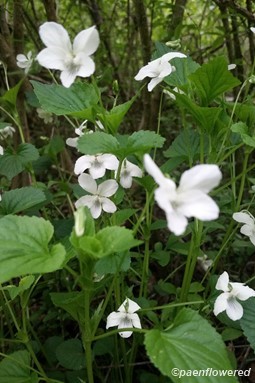
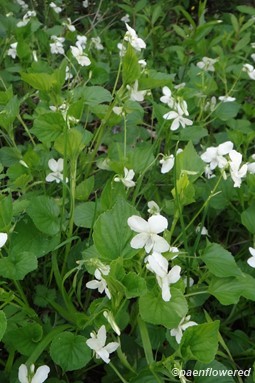

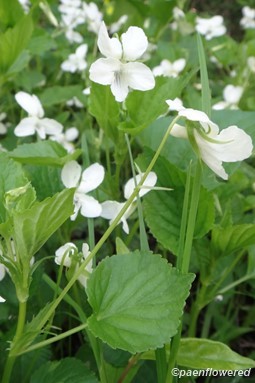
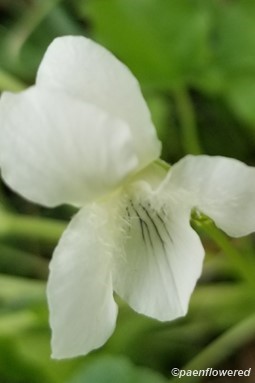
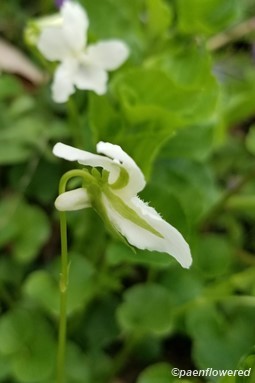
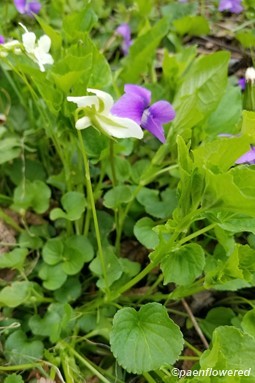
Comments
Have you spotted this plant in your area? We'd love to hear about your experience! Share your comments or questions about the plant below. Comments are moderated before posting.